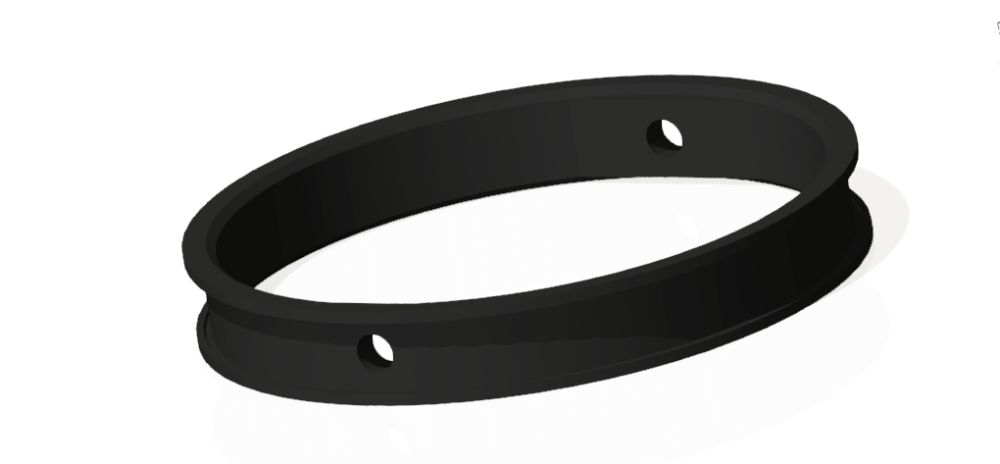Different types of valve seats:

What are valve seats?
Valve seats are the seat and closure member sections that are in touch with each other for closure. Because the seats are subject to wear during the seal making process, the seatings scalability tends to decrease with operation.
The casing of the valve is the ring-shaped surface that closes with a poppet valve. A valve seat is the component of the top of the cylinder mating with the top of the valve.
Different types of Valve seating:
Metal seatings:

Metal seatings are susceptible to deformation and wear particles by trapped liquids. Corrosion, erosion, and abrasion further damage them. If the size of the wear-particle compared to the size of the surface irregularities, the surface finish will deteriorate as the seats wear in.
It is therefore necessary to select the seating material for resistance to erosion, corrosion and abrasion. If the material fails in one of these requirements, it may be completely unsuitable for its duty.
Below gives data on the resistance of a variety of seating materials to erosion by jets of steam.
Class 1—less than 0.0127 mm (0.0005 inch) penetration
Stainless steel AISI tp 410 (13Cr) bar forged and heat treated Delhi hard (17Cr)
Stainless steel AISI tp 304 (18Cr, lONi) cast
Stellite No. 6
Class 2—0.0127 mm (0.0005 inch) to 0.0254 mm (0.001 inch) penetration
Stainless steel AISI tp 304 (18Cr, lONi) wrought
Stainless steel AISI tp 316 (18Cr, 12Ni, 2.5Mo) arc deposit
Stellite No. 6 torch deposit
Class 3—0.0254 mm (0.001 inch) to 0.0508 mm (0.002 inch) penetration
Stainless steel AISI tp 410 (13Cr) forged, hardened 444 Bhn
Nickel—base copper—tin alloy
Chromium plate on No. 4 brass (0.0254 mm = 0.001 inch)
Class 4—0.0508 mm (0.002 inch) to 0.1016 mm (0.004 inch) penetration
Brass stem stock
Nitralloy 21A Ni
Nitralloy high carbon and chrome
Nitralloy Cr—V sorbite—fertile lake structure, annealed after nitriding 950 Bhn
Nitralloy Cr—V Bhn 770 sorbitic structure
Nitralloy Cr—Al Bhn 758 ferritic structure
Monel modifications
Class 5—0.1016 mm (0.004 inch) to 0.2032 mm (0.008 inch) penetration
Brass No. 4, No. 5, No. 22, No. 24
Nitralloy Cr—Al Bhn 1155 sorbitic structure
Nitralloy Cr—V Bhn 739 ferrite lake structure
Monel metal, cast
Class 6—0.2032 mm (0.008 inch) to 0.4064 mm (0.016 inch) penetration
Low alloy steel C 0.16, Mo 0.27, Si 0.19, Mn 0.96
Low alloy steel Cu 0.64, Si 1.37, Mn 1.42
Ferro steel
Class 7—0.4064 mm (0.016 inch) to 0.8128 mm (0.032 inch) penetration
Rolled red brass
Grey cast iron
Malleable iron
Carbon steel 0.40 C
Sealing with Sealants
After the valve has been closed, the leakage passages between metal seats can be closed by sealants injected into the room between the seats. The lubricated plug valve is one metal-sitting valve that depends entirely on this sealing technique.
The injection of a sealant to the seatings is used also in some other types of valves to provide an emergency seat seal after the original seat seal has failed.
Soft Seatings:

In the case of soft seatings, a soft material such as plastic or rubber may consist of one or both seating faces. Because these materials are easy to match, soft seated valves can attain an exceptionally elevated degree of fluid density. Also, the high degree of fluid tightness can be achieved repeatedly.
In cases where the valve shuts off a system that is unexpectedly filled with gas at elevated pressure, there is sometimes unexpected restriction of soft seating materials





